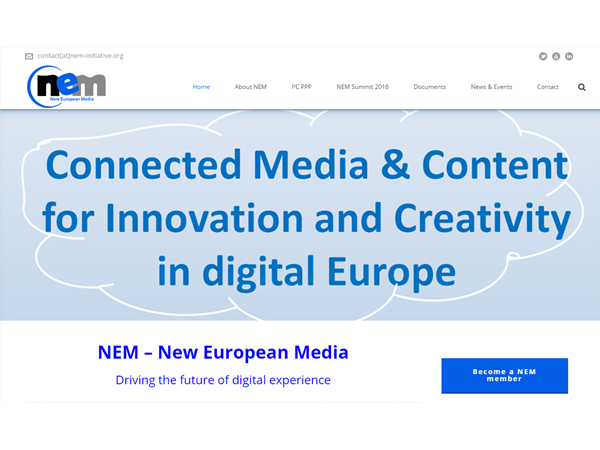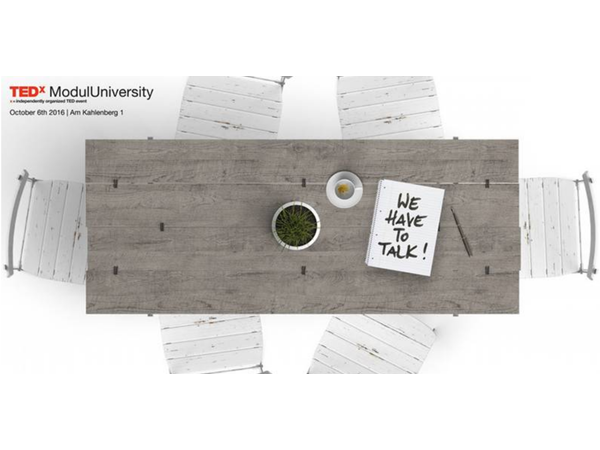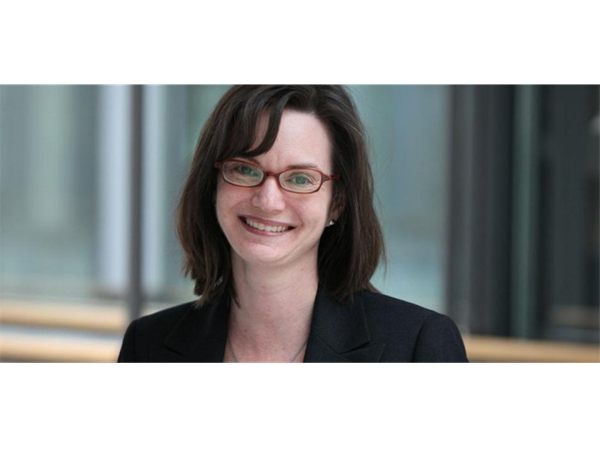How do news providers deal with user-generated content? What are current challenges, especially with regards to content ownership and copyright? Deutsche Welle’s Head of Social Media News, Kristin Zeier, tells us about current practices and respective issues.
Question: What are the major copyright challenges you have when thinking about using content sourced from social media?
Answer: The major issue with copyright is definitely video. We have come to rely on social media – and in particular User Generated Content – in breaking news situations when it is the fastest source for eyewitness accounts. In this day and age, hardly an event takes place without someone recording it on their smartphones and posting it to one of their social networks. Still photos from news events are good too, but video – even vertical video – is preferable as it works best when integrated into our TV news report formats.
However, using UGC video from eyewitnesses poses several challenges; the first of which is verification (which I won’t go into at this point, as it has been discussed more thoroughly in other places on this site). Once we have verified that content is legitimate, we need to contact the original owner of the video for final confirmation and permission to publish / broadcast the video. The copyright owner is not always the uploader or the person who shared the video, so we need to contact the person who originally shot the video in the first place. This is the most time-consuming part of the process because we have to wait for the owner to respond to our initial contact request. Sometimes the owner may be in a different time zone or not have the technical capabilities to respond to us quickly. That’s time we don’t necessarily have in a breaking news situation. It’s also a frustrating part of the process because while we wait for a response, a couple of things may happen at the same time:
The person who originally shot and shared the UGC content may have already agreed with another media outlet or a licensing agency to provide content exclusively to them. All other requests must then go through the new owners, which slows the process even more and could ultimately end in a rebroadcasting fee. The original owner may have agreed to let several other media outlets publish the content free of charge, which then means the content is no longer exclusive and the “scoop” diminishes. It’s also possible that a user may retroactively remove initially posted content out of fear of attracting too much attention or because the user is tired of being hounded by press requests. Particularly with regard to sensitive issues, increased press attention can lead to negative consequences for the eyewitness who posted exclusive content.
Another factor we may face once we establish content with the copyright holder is that they want to be paid for allowing us to use their content. As a public broadcaster, we at DW don’t pay for UGC content a user uploads to their personal accounts. In this we regard we are following recommendations established within the ARD verification network.
An additional concern for an international broadcaster like DW is to make sure the owner of the copyright material understands that his/her content will be broadcast globally on TV, embedded in online articles and shared across social media platforms, possibly also in various languages. The owner of the material needs to agree to this. Particularly in cases of sensitive material the owner must be made aware of these possible distribution platforms. Examples of this could be photos or video recordings of controversial issues in repressive media markets where it is clear that the eyewitness was at or near the events and possibly partaking of them (i.e. demonstrations). Owners of the copyright material should also be asked how they want to be identified as a source. Many in repressive media markets wish to remain anonymous.
Question: Do you employ the argument of fair use or fair dealing when using content sourced from social media? How does this work in your jurisdiction?
Answer: When social media content is directly related to a breaking news story and is central to understanding a story’s development, then we assume it falls under fair use dealing as our legal department has defined it with us. Examples of this could be smartphone video recordings of a police shooting or footage of the tanks rolling during a coup – content that is intended to help the public better understand and appreciate the dimensions of a news story. The fair use argument also applies to any content published by official public institutes, government agencies or NGOs on social media with the intention of being consumed by the public. When it is clear that the user who uploaded content is interested in having the message spread, we also consider it to fall under the terms of fair use – in the case that it is directly connected to a breaking news event.
By applying the fair use terms, we are able to momentarily forgo obtaining explicit permission to use social media content. This speeds up the process in a breaking news situation, but it does not eliminate the need for identifying the owner of the material, a step that is still crucial in the verification process.
All content that is not related to an immediate breaking news situation and was not intended for public dissemination does not fall under the fair use terms as we have interpreted them. In these cases we need to seek permission from the copyright holder to publish / broadcast the content.
Question: What is your recommendation for news organisations struggling with social media content usage and copyright?
Answer: The first step is getting faster and more accurate in identifying the original owner of the video material. The verification process can be quite time-consuming, but forgoing this can also lead down the wrong paths and cost additional time in contacting the correct owner.
It’s really crucial for media outlets to establish a list of basic copyright guidelines with their legal departments so they can act quickly and efficiently whenever the need arises. Otherwise getting legal approval each time the need arises can cost too much time. Developing a good working relationship with the legal department is also key, because this allows for the legal department to better understand the needs of the journalists and their program decisions.
Note: the interview was conducted in writing by Jochen Spangenberg with Kristin Zeier and it was first published on the REVEAL project website (http://revealproject.eu/dealing-with-ugc-and-its-ownership-interview-with-dws-head-of-social-media-news/). Parts of this interview will feature in a forthcoming study by Sam Dubberley who initiated the exchange.













You must be logged in to post a comment.